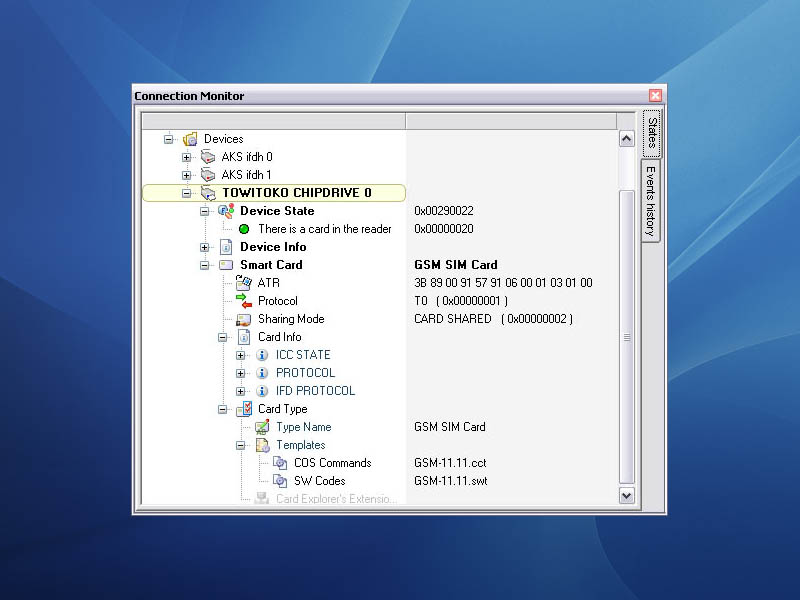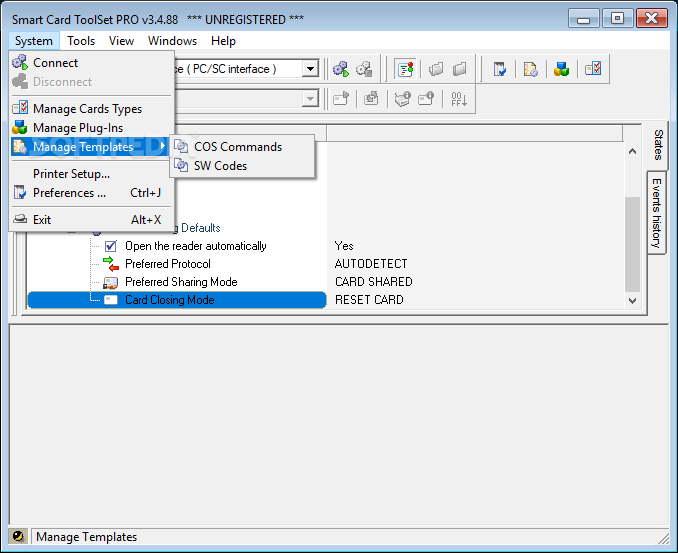

These longer-range copiers are much more expensive ($500+ vs. However, the time needed to steal the information is fast - less than 5 seconds, and it is conceivable that someone could have card details copied and stolen without realizing it, especially in crowded groups of people.īut the method used by this device is available in other forms functional at longer distances - some claiming 5 feet range or more and often using modified off-the-shelf long-range readers: This is somewhat a benefit to cardholders because someone bent on stealing and spoofing card details must be very close to accomplish it. One particular factor of this unit is cards to be copied must be held close to the copying antenna to work, a distance of less than 1". The copier includes a small amount of memory to store those details, and then pushes them to a blank card, writing them permanently as a copy. The image below shows a transparent example of a card, revealing all these components: Given the principal operation of contactless card readers, the copier excites the coil and delivers power wirelessly to the card, which then momentarily stores energy and then uses it to broadcast card details back to the copier. The device used to copy the cards works much the same way as normal card readers, with transceiver coil, power supply, IC chip, buzzer, and even LEDs components shared by both: The chilling lesson is these products are very inexpensive, readily available, and sold by multiple vendors eager to ship the next day with no questions asked for anyone, crook or honest. The kit we purchased was shipped with several blank re-writable keyfobs but we also purchased a box of 50 blank cards, so the material cost for this exploit is less than $45. Overall, the price of the unit tested was slightly higher due to the configuration of copying HID formats, but units as low as $10 can be purchased to copy basic EM4100 formats alone.

The copier we tested was purchased for $30 shipped. Indeed, these credentials vulnerable to copiers are still used in tens of thousands of systems, with millions of issued credentials circulating every day. In our Favorite Access Control Credentials 2020, those vulnerable types still command 14% of the favorite votes: Card details are stored on the card exactly as the system uses them, so sensitive card numbers and facility codes are easy to pull from thin air.ĭespite the risks of unsecured 125 kHz cards and fobs, they are commonly used and even preferred by many installers and end-users. This means the process of copying them simply energizes the card, and stores the information it broadcasts. However, most 125kHz formats are simply not encrypted at all.

One of the major differences between those formats is 13.56MHz formats are encrypted and the data they hold must be first decoded by the companion reader with a specific 'key' value, otherwise, the information they transmit in the open air is heavily hashed and obscured. Specifically, this tool cannot copy any 13.56MHz 'Smartcard' formats like the latest HID iClass, or DESFire/MIFARE varieties. This particular tool can be used to copy 125kHz card types, including popular HID Prox, ISOProx, and Prox II formats, and several others commonly used in access control such as EM4100 and AWID formats. One specific caveat to this test: not all card types and formats are at risk. This site is protected by reCAPTCHA and the Google Privacy Policy and Terms of Service apply.


 0 kommentar(er)
0 kommentar(er)
